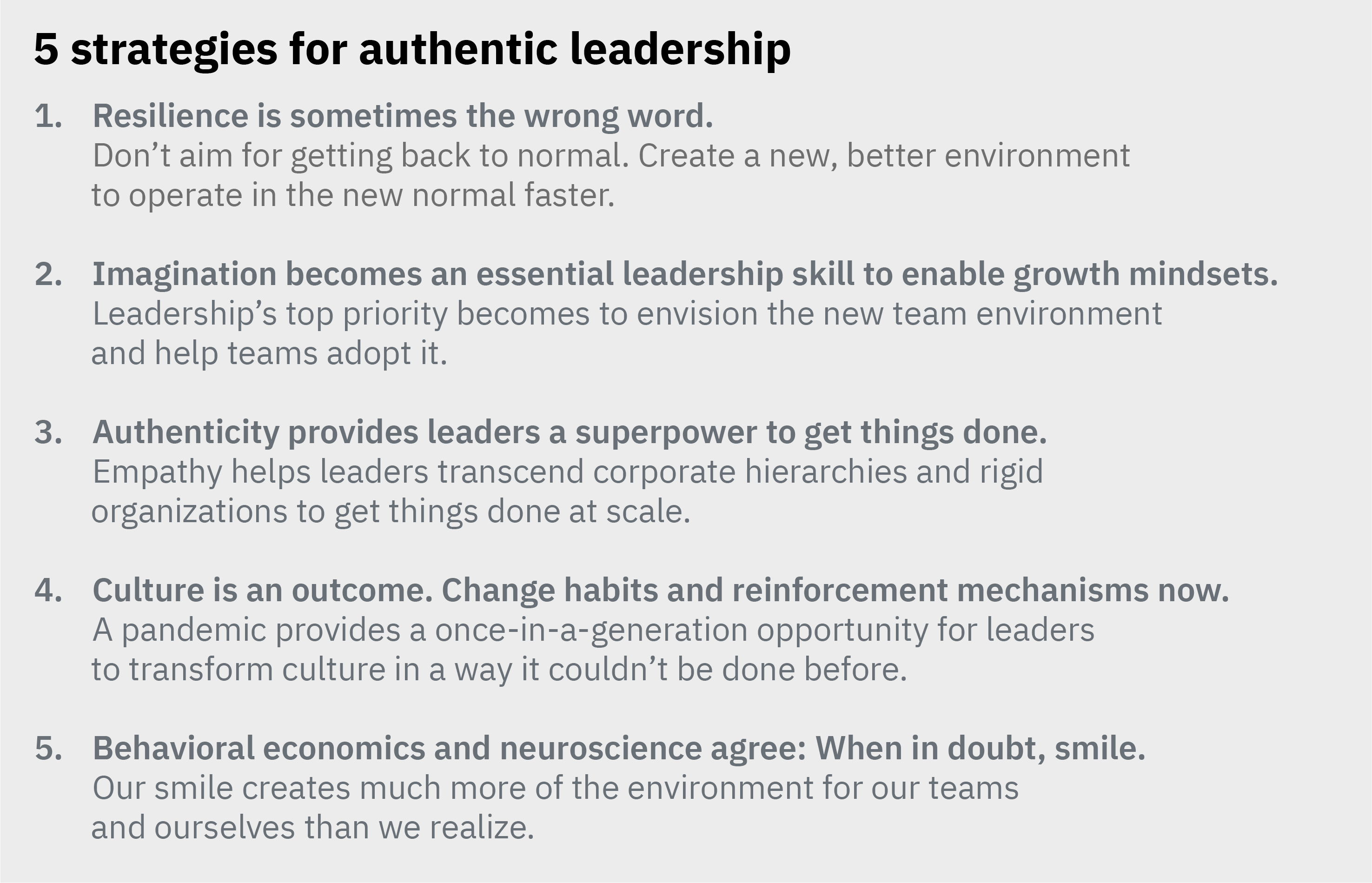A new mindset is required to seize the leadership opportunity of a generation
Most people think that resilience is a good word. So did I. Then I participated in a panel discussion with an injured war veteran last year. After hearing his story, I told him that I admired his resilience. He politely replied, “I’ve come to hate that word. Resilience implies that all your energy goes into recreating the world before your trauma. It doesn’t offer the possibility that life after trauma can be fuller or richer.”
That was a humbling lesson. It was also one that helped me put a recent health trauma that I’m experiencing into perspective. And while I would not wish trauma on anyone, I’ve always known that crises present an opportunity for faster transformation.
Jesus Mantas shared this presentation with delegates at TWIN Tech 2020. The World Innovation Network (TWIN) is a highly curated, global connective of innovation leaders from across sectors and geographies who build trusted relationships to address the most salient challenges across business, technology and sustainability. The IBM Institute for Business Value is a partner and sponsor of TWIN.
Imagination is the essential skill to engender growth mindsets
I’ve also learned that imagination is the single most important element in adopting a “growth mindset.”
Our brains are encoded to respond to uncertainty as we do any other threat—to fight, freeze, or flee. Adopting a growth mindset asks us to do something different—something against our natural evolution and survival instincts. It requires us to look beyond the immediate threat, see the opportunities that surround it, and act as if achieving those opportunities is more important than mitigating the threat.
Let me give you a recent example from a friend. His global company was nearly wiped out by the COVID-19 crisis. It was an events company—so you can imagine that the pandemic was a nightmare scenario. As the lockdowns gathered pace, every event the company had planned for the rest of the year was cancelled.
It would have been totally understandable for my friend to close his business, find something else to do, and move on. Instead, he imagined something different and transformed his company into a premier digital events business, with a sleek platform that now hosts rich, virtual programs. Over a million people have signed on to use the platform—far more than the 15,000 people that used to represent a sell-out crowd.
If, like my friend, we can rationally and emotionally accept that there could be a massive opportunity in the middle of a crisis, then we can embrace the set of actions needed to realize that opportunity. But how do we do that?
Growth mindsets thrive with authentic leadership
There are many styles of leadership, but the ones I want to focus on here stand on two opposing ends. One is based on authority, command, and control and on managing scarcity. The other on persuasion, community, and empowerment and in unlocking abundance. With the first mindset, leaders focus their energy on optimizing scarce resources for the achievement of their declared goals. Whereas with the second mindset, leaders focus their personal energy on helping those who can drive the most impact. Some people call this “servant leadership.” I prefer to call it “authentic leadership.”
Most great leaders use a mix of these two styles, depending on the needs of the organization. I would argue, however, that the needs of the present moment require leaders to lean more heavily toward the latter model, reinforcing empathy and authenticity. When we lead without authority, we can tap into a surprising new leadership superpower.
Let me illustrate this. Several years ago, I had the opportunity to spend eight days in Bhutan. In the US, we measure prosperity based on gross national product. Bhutan uses a different measure, called gross national happiness.

As a general cultural trait, when the Bhutanese get up in the morning, they ask, “What does the world need from me the most today?”
Can you imagine waking up and asking the same?
Dorji Wangchuck was one of the guides I met on my trip. He is currently focused on helping the king of Bhutan manage the dire consequences of the pandemic. I had not seen him in a while, but when he learned recently of my health issue, he immediately sent me a text that said, “Jesus, as you seek the best doctors to help you medically, we are seeking the best spiritual masters to support you mentally. I am confident everything will be OK with you hereafter. Take care, my friend.” In a matter of days, he had personally contacted one of the most sought-after Buddhist masters of our time and arranged for three temples across India and Bhutan (each with hundreds of monks and nuns) to send up thousands of prayers, all specifically in service of my healing.
This is what it feels like when someone is an authentic leader to us. It has power beyond command and control, even 7,782 miles away.
Translating authentic leadership to the new business reality
“Growth mindset versus fixed mindset,” “scarcity versus abundance,” and “empathic and authentic leadership versus command and control” are familiar concepts to anyone who has sat in on a leadership Zoom meeting over the past four months. But how do these ideas translate to the day-to-day business?
In IBM’s case, when the pandemic struck, we had an opportunity to put these ideas to work at scale in a large, complex corporation.
As COVID-19 hit, we had to reconfigure several IBM offerings in real time. How do you complete in seven days what normally takes many months with no direct authority over the required resources? How do you persuade people to deliver at record pace without a command-and-control relationship? How do you get a diverse collective to adopt a shared goal and pull in the same direction quickly?
In our case, authentic leadership translated to empowering a self-directed “team of teams.” We gathered communities of scientists and other experts, volunteers, business leaders, developers, and partners, and we made sure everyone was clear on the common priorities. The most critical job as leaders in such moments is to look beyond the immediate crisis and help teams imagine the new offerings and better environments that could be created, and then enable them to deliver that vision.
We’re still learning, but we helped connect client-facing, marketing, and offering leaders in a closed-loop mechanism that increased our ability to deliver by orders of magnitude and, most importantly, accelerated our capacity to pivot toward new client needs. I am confident some of these behaviors will serve us well going forward and create a better way to work than we had before the pandemic.
As a traditional leader, you only have the resources of your team at your disposal. As an authentic leader, everyone can be on your team—so long as you articulate a common goal and the team perceives you as helping them achieve it. When that happens, people begin to pull with you and for you. That is why it is such a superpower.

Culture is not created; it is a consequence of leadership
Culture is another one of those words that everyone talks about. How do you create a more digital, more agile culture? My answer is: You don’t. Culture is an outcome. It’s a consequence of behaviors, habits, and reinforcement mechanisms.
Environment shapes culture. Ways of working shape culture. Leaders shape culture by developing and reinforcing the skills and habits that matter the most. It is those leadership actions that eventually generate the culture.
In normal times, changing culture is hard because changing habits is hard and because reinforcement mechanisms have a lag time between their implementation and widespread buy-in. But we are not in normal times now, and therein lies the opportunity in the middle of the trauma.
The pandemic has given us a “species moment,” a burning platform to adopt new habits, new leadership, and new ways to achieve things at a pace and scale we wouldn’t have believed possible five months ago. We have a window to select which habits will stick and emerge from the trauma of the pandemic as better individuals, communities, and companies in ways that shape our planet for good.
Great leaders will seize this moment.
In the meantime, smile
A 30-year study by UC Berkeley revealed that smiling is correlated with a host of positive—and surprising—outcomes. People who smile widely often live longer. They have better standardized test scores. Even their marriages are happier.
Ron Gutman, an inventor, investor, and technology and healthcare entrepreneur, describes in a Ted Talk how smiling reduces stress-enhancing hormones like cortisol, adrenaline, and dopamine and increases mood-enhancing hormones like endorphins.
It’s also contagious. When we smile, so do others. When we see people smiling, our brain mirrors that reaction, triggering a subconscious state of joy. In other words, smiling creates joy for us and others.
At a time that calls for empathic leadership, our smile is one tool that we always have with us. If you remember just one concept from this article, make it this one: When in doubt—smile.



